“The roofless office” is not a euphemism but an accurate description of today’s workplace reality: no more physical boundaries and no need for fixed locations.
With just a laptop and an Internet connection, workers can work from anywhere: at home, in a coffee shop, on a high-speed train, or in a foreign city. The office space is gradually disappearing, giving way to a dematerialized, flexible, and cross-border working environment.
The aftershocks of the Covid-19 pandemic, combined with the storm of artificial intelligence (AI) and the rise of a new generation of workers, have permanently changed the "rules of the game" in the workplace. Old rules about time, space and labor value are gradually being eliminated, giving way to a more flexible, intelligent and "human" model.
2025 is not a distant milestone, it is the present where trends that seem to only exist in science fiction movies are creeping into every meeting, every work email. The overall picture of the future office can be outlined through 3 major shifts, the collapse of traditional working space and time, the era of human-machine collaboration and the redefinition of talent value.
Breaking time and space
The concept of “going to work” is no longer limited to traveling to a specific location. Instead, it is becoming a “state” of mind where work is most effectively done.
Asynchronous Work: Results Come First
The most prominent trend is Asynchronous Work. Pioneering companies are no longer asking: "Where are you?" but: "How is your work progress?". The pressure to respond to messages immediately or attend endless meetings to "prove you're working" is gradually disappearing.
Instead, tools like shared documents, pre-recorded videos , and project management platforms give individuals the freedom to schedule their work around their own circadian rhythms and creative spaces. Trust is paramount. You can complete a report in a coffee shop or email a partner from your kitchen, as long as the quality and efficiency of the work is guaranteed.
This model not only frees people from constraints, but also promotes deeper thinking and stronger ownership of their work. When there is time to reflect rather than react immediately, the solutions that come up are often more creative and thoughtful.
Virtual "co-existence" and the wave of liberal leadership
But remote work also brings with it the challenge of isolation. To combat this, a quiet but highly effective trend has emerged: virtual coworking. Groups of employees hop on a video call, turn off their microphones, and work in silence.
The “virtual” presence of coworkers creates a sense of accountability and focus, simulating a shared work environment without the need for supervision. It provides structure without the pressure, helping workers find rhythm amid the chaos of working from home.
This autonomy is also fertile ground for a remarkable phenomenon: talented female leaders are increasingly leaving senior positions to become freelancers/solopreneurs.
Tired of glass ceilings and rigid office cultures, they see opportunities for career growth and work-life balance by building their own empires. This is a wake-up call for businesses: if they fail to create an environment of flexibility and trust, they risk losing their best minds.
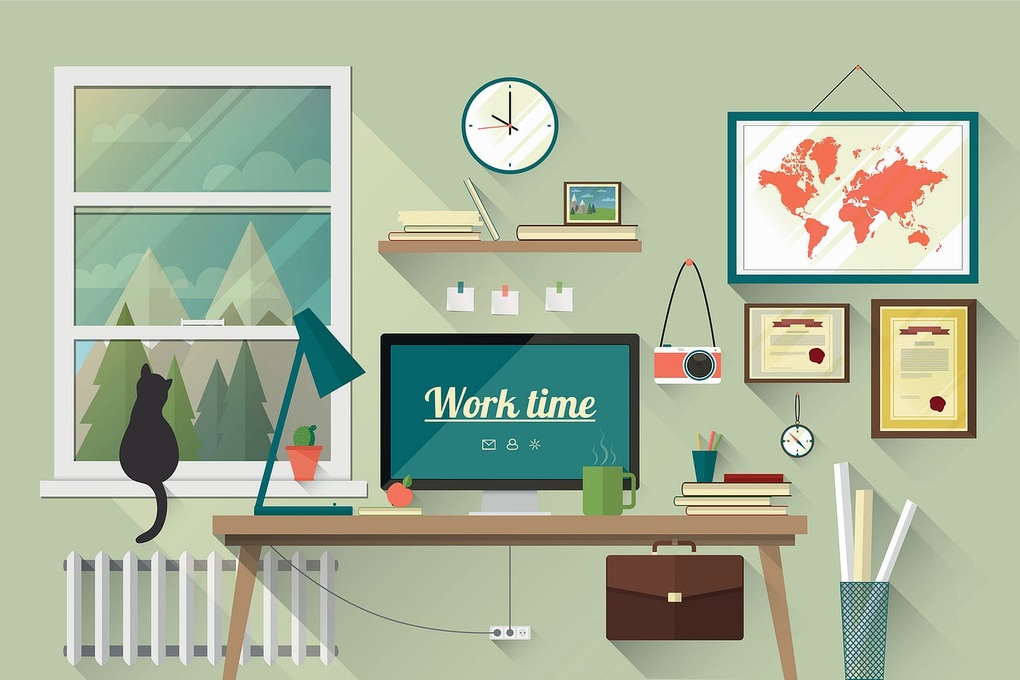
No meetings, no supervision - just a quiet space and your own time to create quality work (Illustration: Medium).
The Age of Human-Machine Collaboration: When AI is More Than Just a Tool
If in the past, AI was just an assistant, a support tool, this year witnessed the rise of "AI agents" - digital colleagues capable of operating on their own.
From employee management to AI "training"
Imagine having your own personal AI “army” of employees. These agents could automatically schedule meetings, screen emails, compile expense reports, analyze data, and even perform the initial steps in the hiring process. According to a recent Salesforce study, 80% of leaders believe that within five years, the majority of the workforce will be a combination of humans and AI agents.
This creates a seismic shift in the role of workers. We are no longer the ones performing repetitive tasks. Instead, we become the strategists, the trainers, the ones who define the logic, set the limits, and monitor the operations of AI. The important skill is not to use AI, but to lead and command it.
The Rise of "Power Skills"
The rise of AI has highlighted the irreplaceable value of humans. While machines can write code, analyze data, and draft documents, what sets us apart is our “power skills” — a new term that replaces the outdated “soft skills.”
These are no longer “nice-to-haves.” Emotional intelligence, critical thinking, conflict resolution, negotiation, creativity, and the ability to connect deeply with others have become core competencies that determine the success of individuals and organizations.
A manager who can create an environment of psychological safety will foster more innovative teams. A good negotiator will not only keep the peace but also save multi-million dollar contracts. Winning businesses will invest heavily in training these skills, seeing them as their most sustainable competitive advantage. The “people” problem is costing more than the technology problem, and it’s time to fix it.
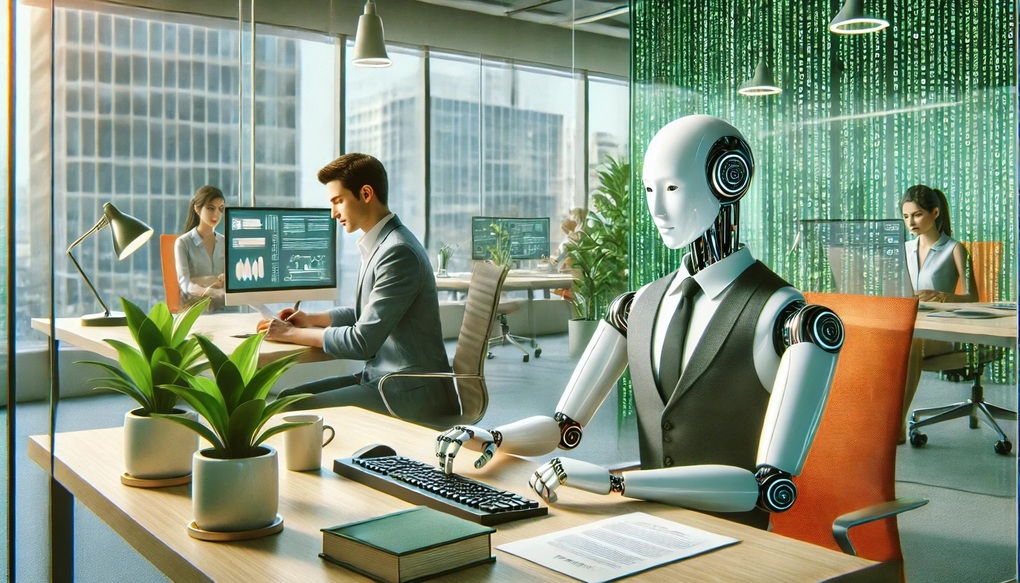
The year 2025 will see the rise of "AI Agents" - digital colleagues capable of operating autonomously (Illustration: KCLau.com).
Redefining Talent: Investing in People in the Digital World
In the new context, the war for talent has also changed completely. Companies need to not only attract, but also nurture and retain them with more sophisticated and humane strategies.
Engaging Generation Z and the Power of Multigenerational Mentors
Generation Z, the growing workforce, has different expectations. They want more than just job security; they crave personalized growth and feel connected to the organization’s mission. To retain them, companies need to create clear career paths that allow them the freedom to explore and learn continuously.
One extremely effective solution that is emerging is the model of intergenerational mentoring, especially reverse mentoring. Young employees, with a keen sense of technology, will guide older leaders on digital skills, social media, and new trends.
In turn, predecessors will impart knowledge of strategic thinking, crisis management experience and business wisdom. This circle not only narrows the skill gap but also creates deep bonds between generations, turning differences into synergy.
From "egalitarianism" to "meritocracy"
The culture of “leveling” in compensation and evaluation is gradually fading into the past. Leading businesses are returning to meritocracy, where those with outstanding performance will receive worthy rewards. However, this needs to be done skillfully so as not to create a toxic competitive environment.
Smart companies will encourage and support employees in building their personal brands, because when employees shine, the company's brand is also enhanced.
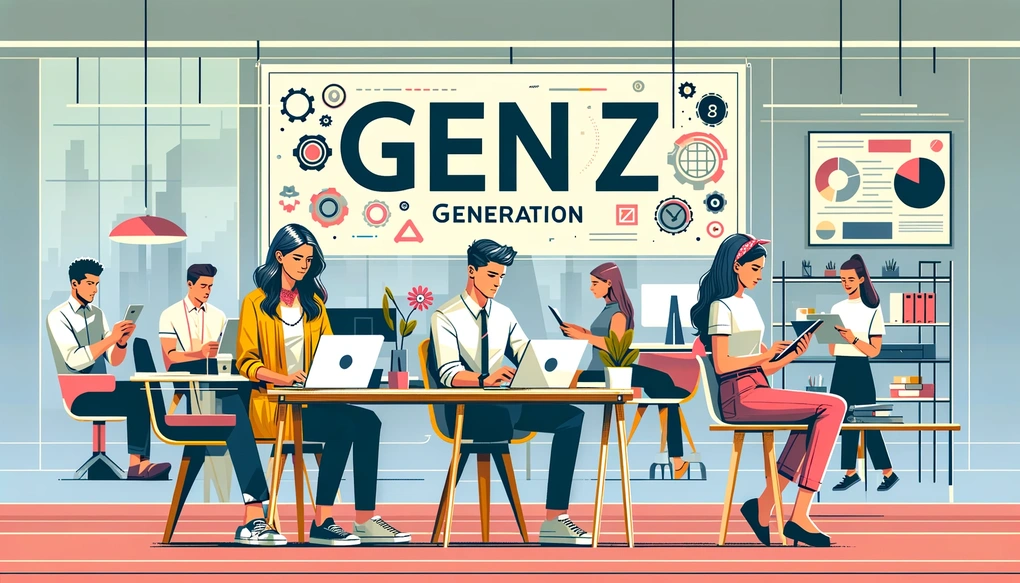
As Generation Z becomes the backbone of the workplace, cross-generational conversations are not just about sharing experiences but also a talent retention strategy (Illustration: Hrdconnect).
The workplace of 2025 is a complex symphony of technology and people, of individual freedom and shared purpose. The companies that succeed will not be the ones with the most advanced AI, but the ones that know how to leverage technology to unleash human potential.
Adaptability, trust and continuous learning will be the compass that guides both employees and businesses in this new era. The revolution has begun and those who proactively embrace it will shape their own future.
Source: https://dantri.com.vn/kinh-doanh/cong-so-nam-2025-van-phong-khong-mai-che-dong-nghiep-la-ai-20250722113206614.htm




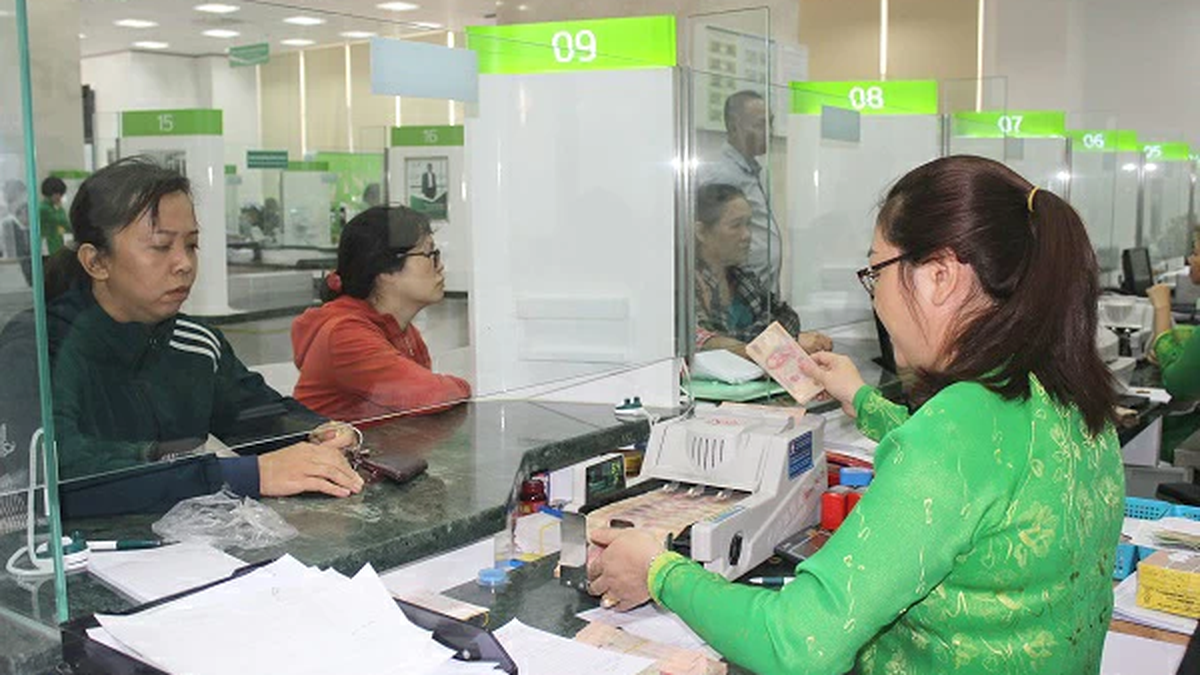
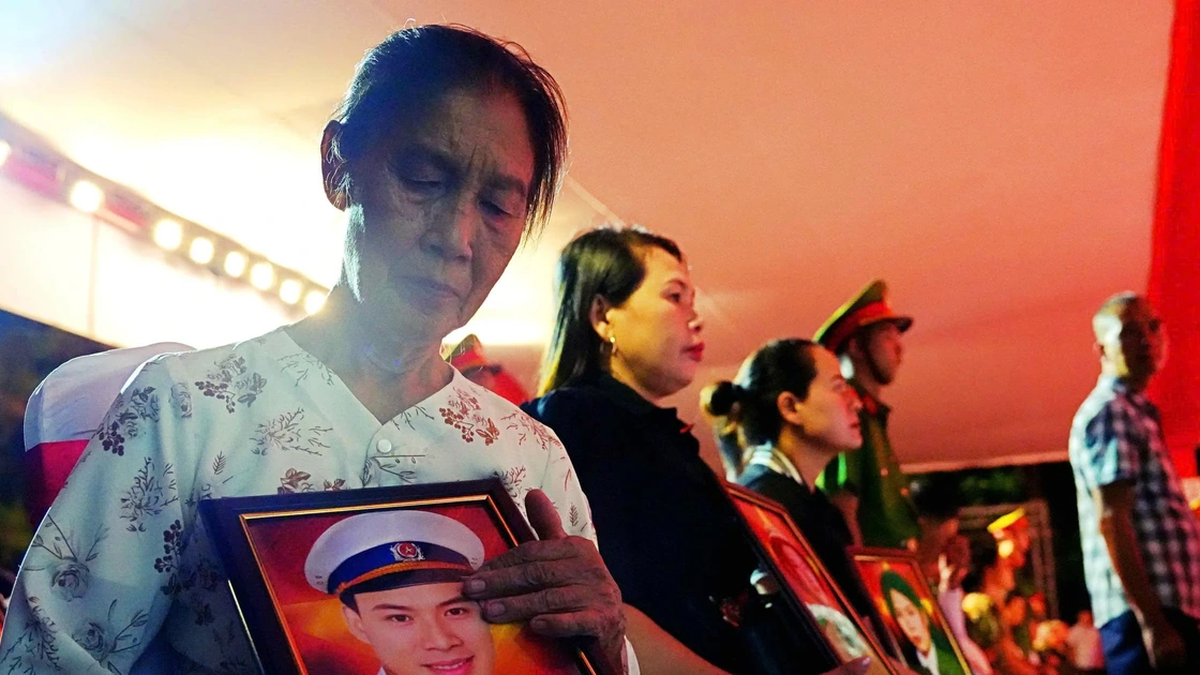





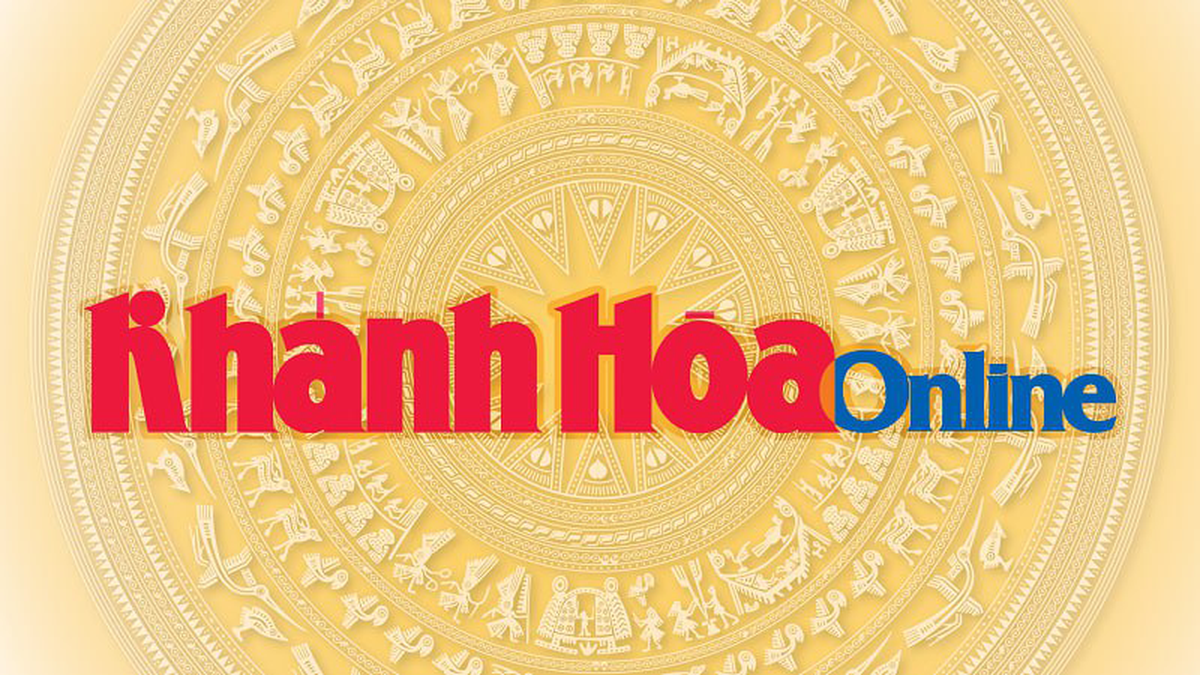























































































Comment (0)